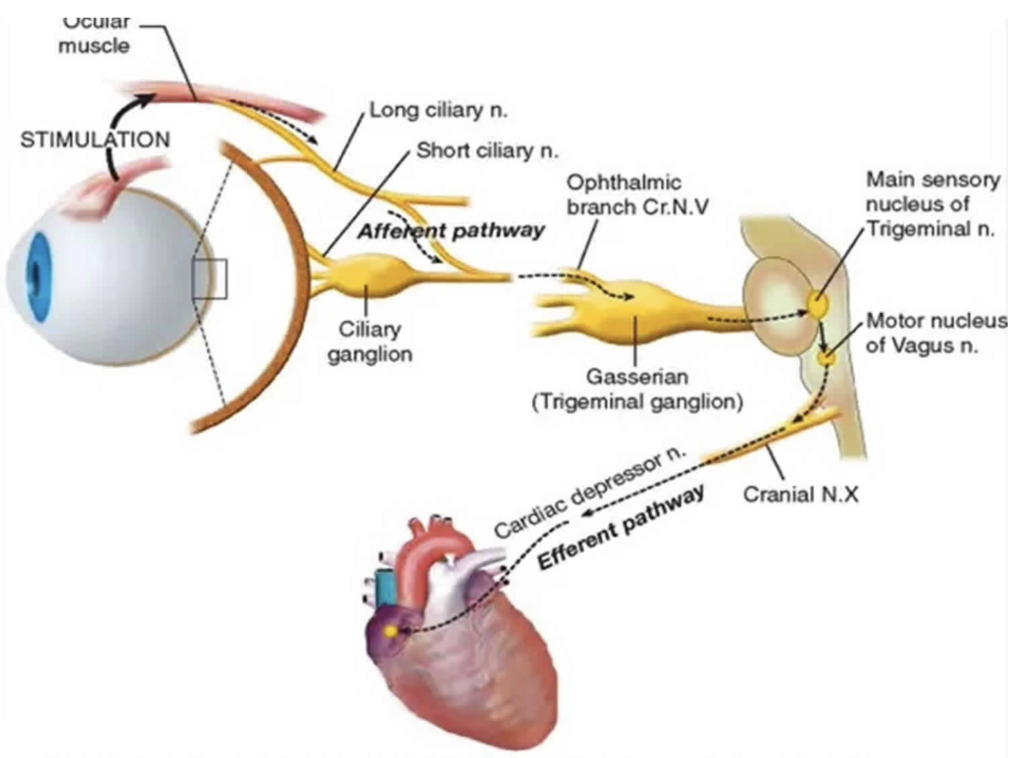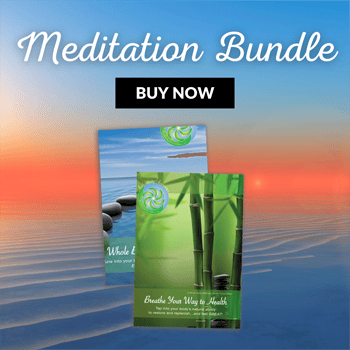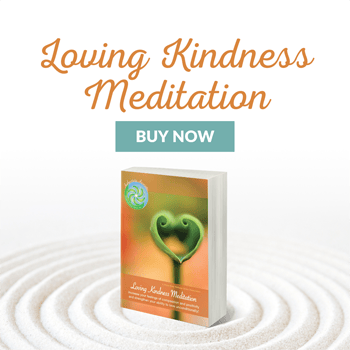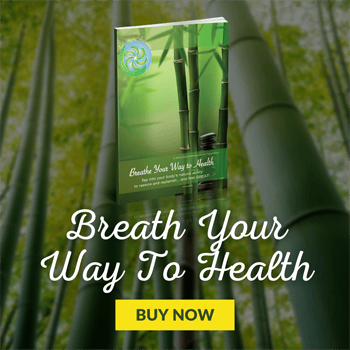9 Neuroscience Hacks to Stay Calm During the Coronavirus Pandemic
Unmanaged Fear Leads to Panic
These are unprecedented times and ripe for the seeds of fear, yet how big they grow is up to us. As such, at no other time has it been more important to not let our fears go unmanaged. Untended fear feeds off itself and leads to feelings of anxiety, worry and eventually panic. It has the ability to permeate through every area of our life. It is normal to feel stress and fear given they are part of our biological response to real danger. We do however have a choice in how we respond to them and how much they dominate our experience.
Fear, stress, and anxiety are interrelated but a couple of distinctions may be helpful to diffuse the intensity of their effects. According to the Diagnostic and Statistical Manual of Mental Disorders, “Fear is the emotional response to real or perceived imminent threat, whereas anxiety is anticipation of future threat.” Fear is our biological response to danger while anxiety is what happens when fears go unmanaged in the present moment. Both fear and anxiety cause physical changes and activate our stress and survival response of fight, flight, freeze, collapse and appease. By nature, fear and anxiety represent the experience of events and circumstances that feel beyond our control. Powerlessness fuels ‘what if’ scenarios, worries and catastrophic thinking.
Understandably it is easy to feel powerless when external circumstances are changing rapidly and the generalized vibe is mayhem. A simple trip to the grocery store where the shelves are empty and people are frantically hoarding items can trigger the nervous system in extreme ways. Lest you turn to the media for answers, you may feel bombarded with the sea of social media posts, internet news and television programs that activate our biological fear response without our conscious awareness. Once triggered, we are vulnerable to viewing the world through a very dark and guarded lens.
Fear is a Virus, the Mind is Our Vaccine
Fear in itself is a virus that can be contagious and spread quickly. The vaccine is found within our mind body spirit connection. It is normal at times like these to feel fear but we don’t want to let it go unmanaged, especially given many of the known effects of fear and anxiety are counterproductive to the very thing we fear. Insomnia, inflammation, lowered immunity, depression, isolation, edginess, alcohol abuse, panic attacks, and loneliness just to name a few. Understandably we will all likely dip in and out of fear with the ever-changing landscape of what the coronavirus is bringing and what we need to do to feel safe, follow the guidelines and take care of ourselves. It may take everything we have to manage our fears, yet it will be well worth it.
When we focus on ways that we can be in control in the present moment we take our power back. In fact, focusing on how we respond to situations gives us our only true power. It may not change the external circumstances but it allows our nervous system to stay regulated which gives us a sense of control, empowerment, and calm in the face of adversity and uncertainty.
9 Practical Science-Backed Solutions
1. Purposeful Action – Be informed but not overwhelmed
It is vital to be informed and take action in ways that feel aligned for your safety and wellbeing. That being said, there is a definite tipping point where too much information, news, and research can lead to overwhelm. Purposeful action in the present moment is an antidote to fear.
- Taking action on what we can control makes us feel more empowered and capable in times of uncertainty.
2. Mindful Presence – Bring your attention to the present moment vs distracting and catastrophizing
Anxiety by nature is future-focused. We have no power in the future. Our only power is in the present. Even when we are planning or preparing we are doing so in the present moment. At some point, we have to allow our plans to unfold and focus our attention on being in the present. This is like plugging into our power source and recharging our batteries. Any time our attention is focused in the future or the past we are draining the power we have to be effective. Distractions also split our energy and make us less powerful. Checking out on social media, TV, news, food, addictions or mindless activities disconnects us from our power in the present and fuels anxieties.
- Be mindful of being present.
3. Stay Connected – Social distancing does not have to mean social isolation.
In fact, it is imperative to stay connected. Isolation leads to loneliness and these are the 1, 2 punches associated with depression and anxiety. In the techno age, we have multiple ways of staying connected and preventing feeling lonely. Facetime, zoom, skype, whats app, facebook live, google chat, phone, and the list goes on and on. Have online parties and gatherings. Get creative, make phone dates and choose to lean into your connections for support. It is these times we must remember that love is greater than fear. Let yourself feel the love of your family, friends, and humankind.
- Reach out every day to two or more people and feel the connection.
The Happy Map Technique – 4 Steps to calm your nervous system and get present
Takes just 2-minutes.
The Happy Map decreases stress, regulates your nervous system and rewires your brain. Think of an issue that you find stressful and follow these steps.
Step 1: Breathe Diaphragmatically
Breathing is the fastest and easiest way to decrease stress. This first step initiates the security and presence required for plasticity. Many people aren’t aware that the way they breathe either increases stress or induces relaxation. Research has shown that most people breathe shallowly through their chest. This leads to a consistent lack of oxygen available for energy, mental clarity, emotional balance, and vital-organ function which in turn activates the stress response. Through a simple breathing pattern, you can decrease stress in just two minutes or less as more oxygen circulates through your body and brain.
Practice
Breathe so that when you inhale, you feel your belly or abdomen rise, and when you exhale, you feel your belly contract or move back down. Allow this to be the rhythm of your breathing.
Step 2: Move Your E-Motional Energy
Connecting to emotion is one of the most important, misunderstood, and least developed skills. The sensations you feel in your body hold the key to unwinding stress and letting go of unresolved emotions. This is rooted in the understanding that sensory and emotional experiences are recorded into memory first; thoughts and perceptions, second. This is further rooted in the understanding that e-motions are by nature meant to move us toward or away from something. When we suppress our e-motions instead of moving them, we can feel stressed, tense, contracted, anxious and depressed and more.
Practice
While continuing to breathe diaphragmatically, turn your attention inside and connect with your body. Move your e-motional energy by focusing on the area of your body currently holding your emotions. You might bring to mind an issue you are feeling challenged by or simply notice an area of your body that feels contracted as you scan your body. Sink your awareness into this area. You may notice sensations such as warmth, pressure, tingling, heaviness, tension in one or more areas. Do your best to stay out of your head, thoughts or narrative of why you feel these sensations and just focus on your body sensations. Breathe consciously and deeply in and out of this area. On your exhale, consciously focus on softening, moving or releasing the sensation. Take five to ten deep breaths or until you feel a sense of relief. It may take some patience, but with practice, you will be available to experience greater body-mind connection.
Step 3: Choose Your Mind-Set
Most people start here and bypass the important steps related to diffusing the stress response and expressing e-motion. Yet, only after you release the neural hijacking from stress, do you gain full access to the benefits from your thinking mind. Whatever thoughts or feelings you hold in your mind activate neural pathways. Your brain doesn’t understand how not to think about something if you have activated it. You can’t tell yourself not to think about being worried, afraid or anxious. By telling yourself what not to do, you have introduced the issue to your brain’s neural pathways. Consequently, the quality and tone of the questions you ask are important.
Practice
- What can I control in this moment? (If any thoughts emerge regarding others, the past, or the future, then ask again!)
- What do I appreciate right now?
- What is the most empowering action I can take at this moment?
Once you have set your mind on a thought that feels good, focus on thinking this thought as you move on to Step 4.
Step 4: Focus on Your Strengths
Research has shown that engaging in your strengths for as little as one week can increase your levels of happiness and decrease depression for up to six months. These are extraordinary results. Strengths reflect your internal values in action. Here are some questions to help you identify your strengths:
- What do you do well in times of stress?
- In what ways are you resilient?
- What do others say you do well? Name 3 things.
- What are your highest attributes?
Practice
- Apply one of your top strengths to your present moment situation.
- Choose to think, feel, and act in accordance with this strength.
5. Vergence Therapy – try this powerful practice…it works!
Stimulate the Vagus nerve through the oculocardiac reflex by holding a pen/finger approximately four to six inches in front of your nose. The vagus nerve is your master calming nerve for the entire body and mind. Allow your eyes to focus on the tip of the pen and hold your gaze there for two seconds. Then shift your eyes to a distant focus approximately ten feet away allowing your eyes to expand into your peripheral vision. Focus in peripheral vision for two seconds (see next practice for guidance). This constitutes one cycle. Then refocus or converge onto the pen once again. As you are converging your focus onto the tip of the pen you may feel as though your eyes are slightly crossing. This is just fine. Continue to repeat the near and far cycles for 20 to 60 seconds.
6. Peripheral Vision
Close your eyes and gently and slowly roll your eyes upward. Imagine sending your eyes back an inch or two to widen your visual field. With your eyes closed, scan and sense your environment from all directions front, left, right and back. Expand and connect with your peripheral vision so that you are able to take in more of your environment. Open your eyes and maintain this peripheral vision. You should be able to sense more subtly what is going on around you and feel more relaxed. This practice induces alpha-theta brain waves associated with decreased stress and increased feelings of calm.
7. Figure 8
The Figure 8 is performed by following your finger or pen held directly in front of the bridge of your nose to start, then moving upwards to trace an 8 lying on its’ side, while following with your eyes. Repeat this three times with each hand, then both hands held together. Synchronize your belly breathing with each eye movement of the figure 8. Bilateral movement of your eyes has been shown to stimulate your right and left brain hemispheres and calm the nervous system.
8. Floor to Ceiling Eye Roll
Inhale into your belly and roll your eyes starting from the bottom of the floor and slowly roll your eyes up to the ceiling/sky/ highest point to the count of 7. Exhale and release your eyes gently rolling them back down to the floor. Do these 5 times repeating an affirmation or calming statement.
9. Spiritual Practice – Pray, Meditate and Mantra
There are massive amounts of studies backing the power of meditation and prayer for calming the nervous system and activating our healing response. Mantra combines sacred sound with meditation and has equally profound effects on our mind and body. Whatever your spiritual practice, now is the time to go within and practice. Light a candle, sit quietly, commune with nature, recite a prayer or do whatever you feel touches your heart and soul.
Above all else choose love over fear. Love is a force beyond description and measure with the power to calm the mind, heal the body and unite us all.









